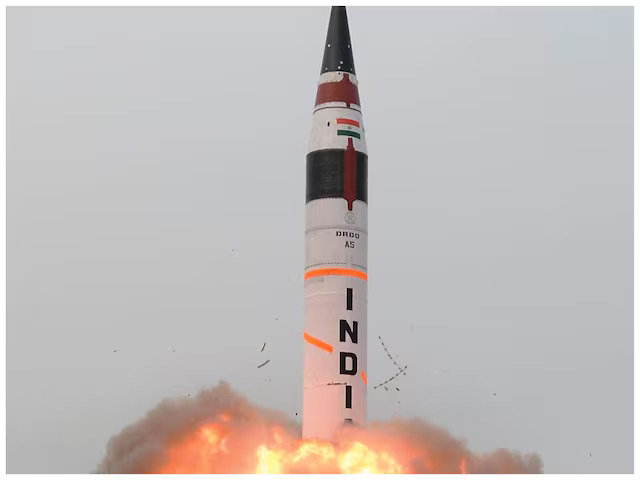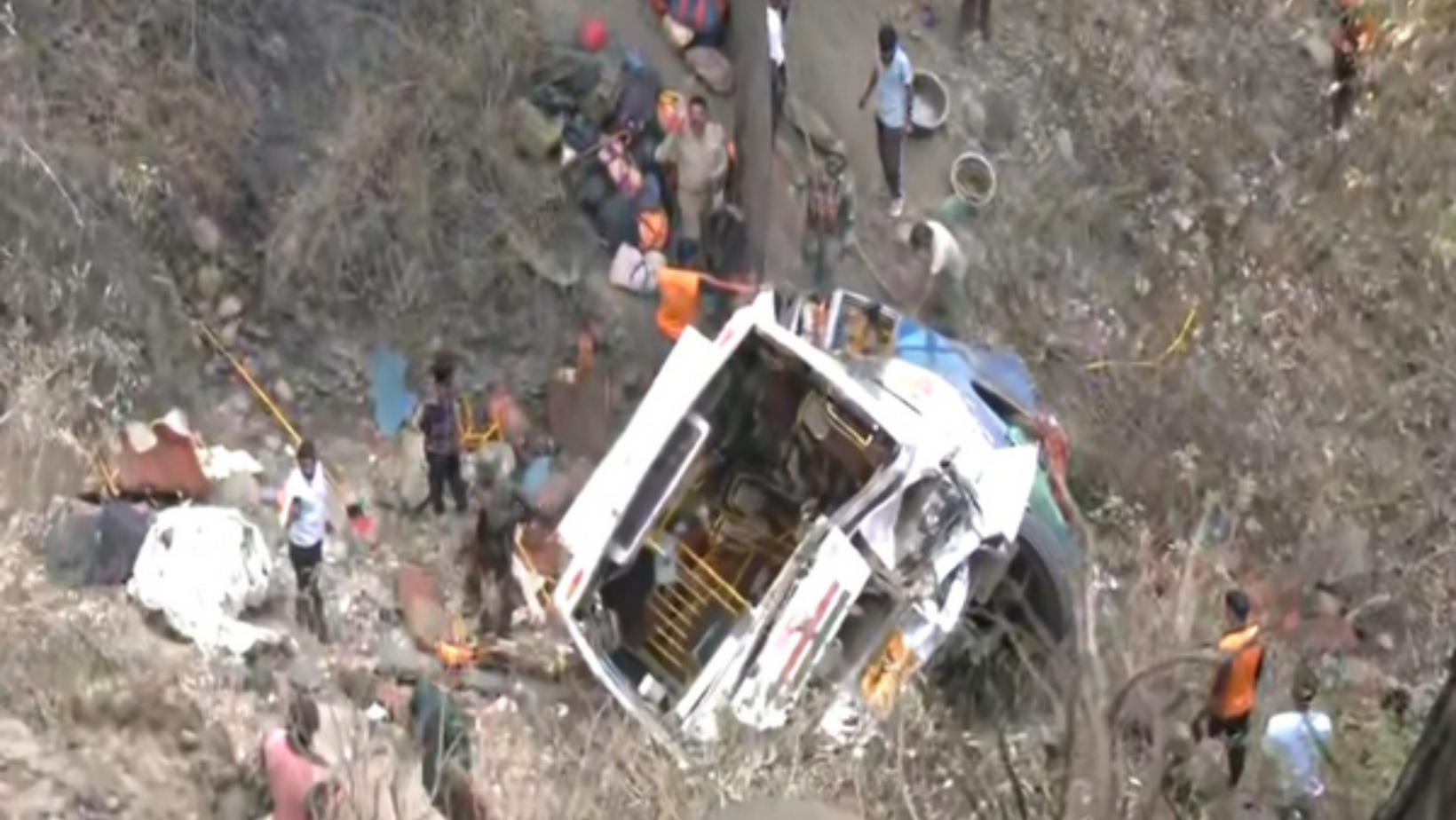Prime Minister Narendra Modi took to social media on March 11 to announce India’s successful entry into a select group of nations capable of deploying multiple nuclear warheads on a single missile. This achievement was realized through the inaugural flight test of Agni-V, India’s longest-range ballistic missile, equipped with Multiple Independently Targetable Re-entry Vehicle (MIRV) technology under the ‘Mission Divyastra’ conducted by the Defence Research and Development Organisation (DRDO).
Since its inaugural test in April 2012, Agni-V has undergone significant advancements, including canisterization for enhanced handling and operational efficiency. The indigenous avionics systems and high-precision sensor packages of the MIRV system ensure accurate delivery of re-entry vehicles to designated target points, as confirmed by the DRDO upon mission completion.
This technological breakthrough further solidifies India’s nuclear weapons program, bolstering its second-strike capability—a crucial aspect of the nation’s nuclear doctrine rooted in a no-first-use policy, credible minimum deterrence, and the promise of massive retaliation in response to a first strike.
The deployment of MIRV technology on Agni-V, with its significant range and capability to evade missile defenses, is strategically aimed at addressing regional security concerns, particularly vis-à-vis China. With India’s successful establishment of the nuclear triad and the recent advancements in MIRV technology, the arms race in the region, compounded by China and Pakistan’s nuclear developments, is expected to intensify, underscoring the need for diplomatic efforts to mitigate escalation dynamics and promote stability.






